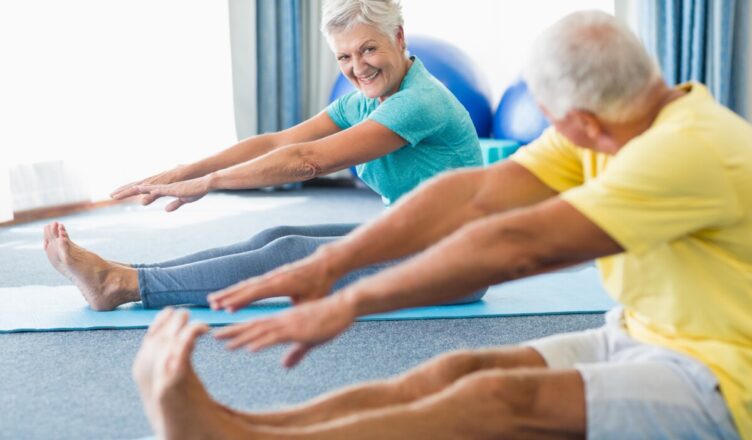The National Institute of Aging (NIA) identified specific types of physical exercises for senior citizens to improve their quality of life.
Exercise and physical activity fall into four basic categories—endurance, strength, balance, and flexibility. Most people tend to focus on one activity or type of exercise and think they’re doing enough. Each type is different, though. Doing them all will give you more benefits. Mixing it up also helps to reduce boredom and cut your risk of injury.
Some activities fit into more than one category. For example, many endurance activities also build strength. Strength exercises can also help improve balance.
Endurance
Endurance, or aerobic, activities increase your breathing and heart rate. They keep your heart, lungs, and circulatory system healthy and improve your overall fitness. Building your endurance makes it easier to carry out many of your everyday activities. Endurance exercises include:
- Brisk walking or jogging
- Yard work (mowing, raking, digging)
- Dancing
Strength
Strength exercises make your muscles stronger. They may help you stay independent and carry out everyday activities, such as climbing stairs and carrying groceries. These exercises also are called “strength training” or “resistance training.” Strength exercises include:
- Lifting weights
- Using a resistance band
- Using your own body weight
Balance
Balance exercises help prevent falls, a common problem in older adults. Many lower-body strength exercises will also improve your balance. Balance exercises include:
Flexibility
Flexibility exercises stretch your muscles and can help your body stay limber. Being flexible gives you more freedom of movement for other exercises as well as for your everyday activities, including driving and getting dressed. Flexibility exercises include:
- Shoulder and upper arm stretch
- Calf stretch
- Yoga





